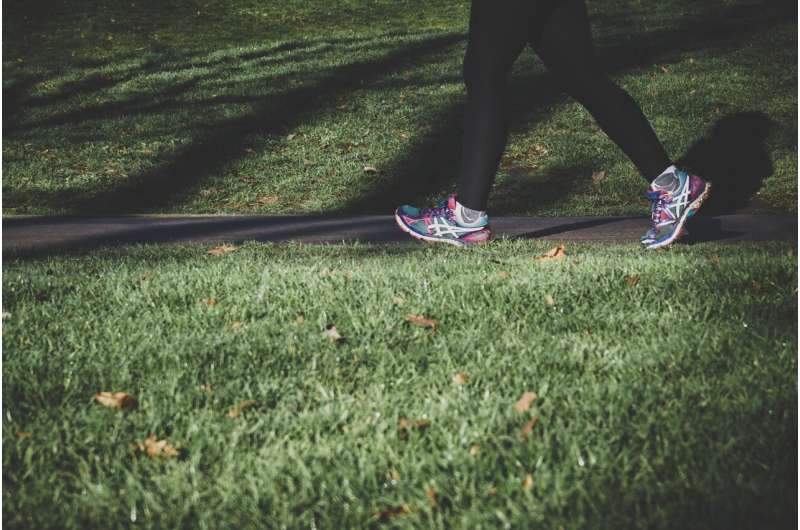How to Safeguard Your Heart When Transitioning from a Sedentary Winter to Active Spring

As the seasons shift and many individuals start spending more time outdoors, there's an increased opportunity for physical activity after a lengthy period of inactivity. Whether you've been mostly indoors during winter or experiencing a quieter, less active season, it's essential to approach the change thoughtfully to protect your heart health.
Gosia Wamil, M.D., Ph.D., a cardiologist at Mayo Clinic Healthcare in London, emphasizes five key strategies to safely reintroduce movement and outdoor activities into your routine. These tips are particularly important because jumping into vigorous activities without preparation can strain the heart, especially after prolonged inactivity.
First, ease into physical activity gradually. Starting with light activities such as walking or gentle stretching helps your muscles and cardiovascular system adapt without undue stress. Avoid rushing into heavy gardening, landscaping, or hiking right away, as these can increase risk if your body isn't prepared.
Second, warming up before and cooling down after your activities is crucial. Spending five to ten minutes on gentle movement prepares your muscles and heart for exertion, while cooling down helps your body relax and recover, reducing dizziness and blood pressure fluctuations.
Third, pay close attention to your body's signals. Symptoms like chest discomfort, unusual shortness of breath, dizziness, or heart palpitations warrant immediate medical attention. Recognizing these warning signs early can be life-saving.
Fourth, stay well-hydrated and dress appropriately for weather conditions. Dehydration and overheating can put additional strain on your heart. Wearing layers that can be adjusted and drinking water regularly even without thirst are simple yet effective measures.
Lastly, if you have pre-existing heart conditions or risk factors like high blood pressure or diabetes, consult your healthcare provider before engaging in more vigorous activity. A personalized plan ensures you stay safe while reaping the benefits of increased movement.
Reconnecting with nature and increasing physical activity are excellent health goals for spring, but doing so mindfully protects your heart health. Remember, consistency and listening to your body are key to a safe and healthy transition.
Source: https://medicalxpress.com/news/2025-05-action-sedentary-season-heart.html
Stay Updated with Mia's Feed
Get the latest health & wellness insights delivered straight to your inbox.
Related Articles
Innovative Synthetic Lipoprotein Strategy Targets Cancer Metabolism to Induce Cell Death
A groundbreaking study reveals how a synthetic lipoprotein can induce ferroptosis in resistant cancer cells by disrupting their metabolic defenses, offering new hope for targeted cancer therapy.
Early Childhood Growth Influences Pubertal Development and Adult Height
Research shows that growth during the first two years of childhood significantly determines adult height and pubertal development, with minimal impact on pubertal timing. Early-life growth is a key factor in long-term health and development.
Unique Microbial Signature Identified in Colorectal Cancer Through DNA Analysis
A pioneering study has uncovered a unique microbial fingerprint in colorectal cancer using DNA analysis, opening new avenues for diagnosis and personalized treatment. Source: https://medicalxpress.com/news/2025-09-dna-analysis-colorectal-cancer-unique.html
Long-Term Benefits of Bariatric Surgery Surpass GLP-1 Medications for Obesity and Diabetes
A recent study reveals that bariatric surgery offers greater long-term health benefits and survival advantages over GLP-1 medications for individuals with obesity and diabetes, highlighting the importance of surgical intervention in managing these conditions.



